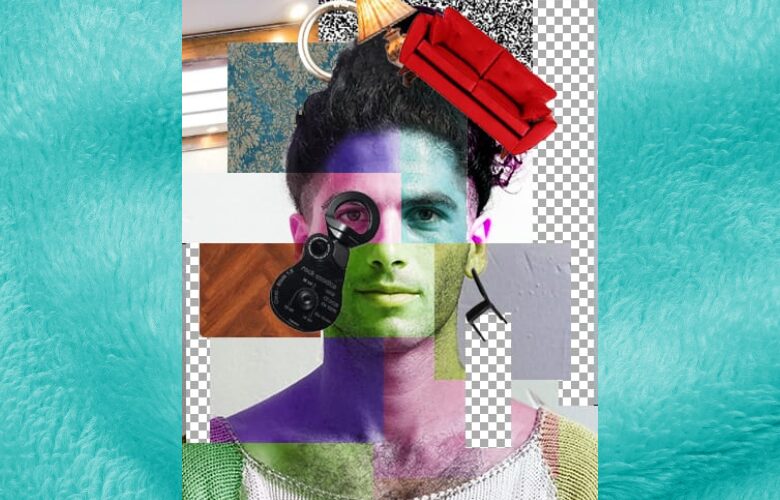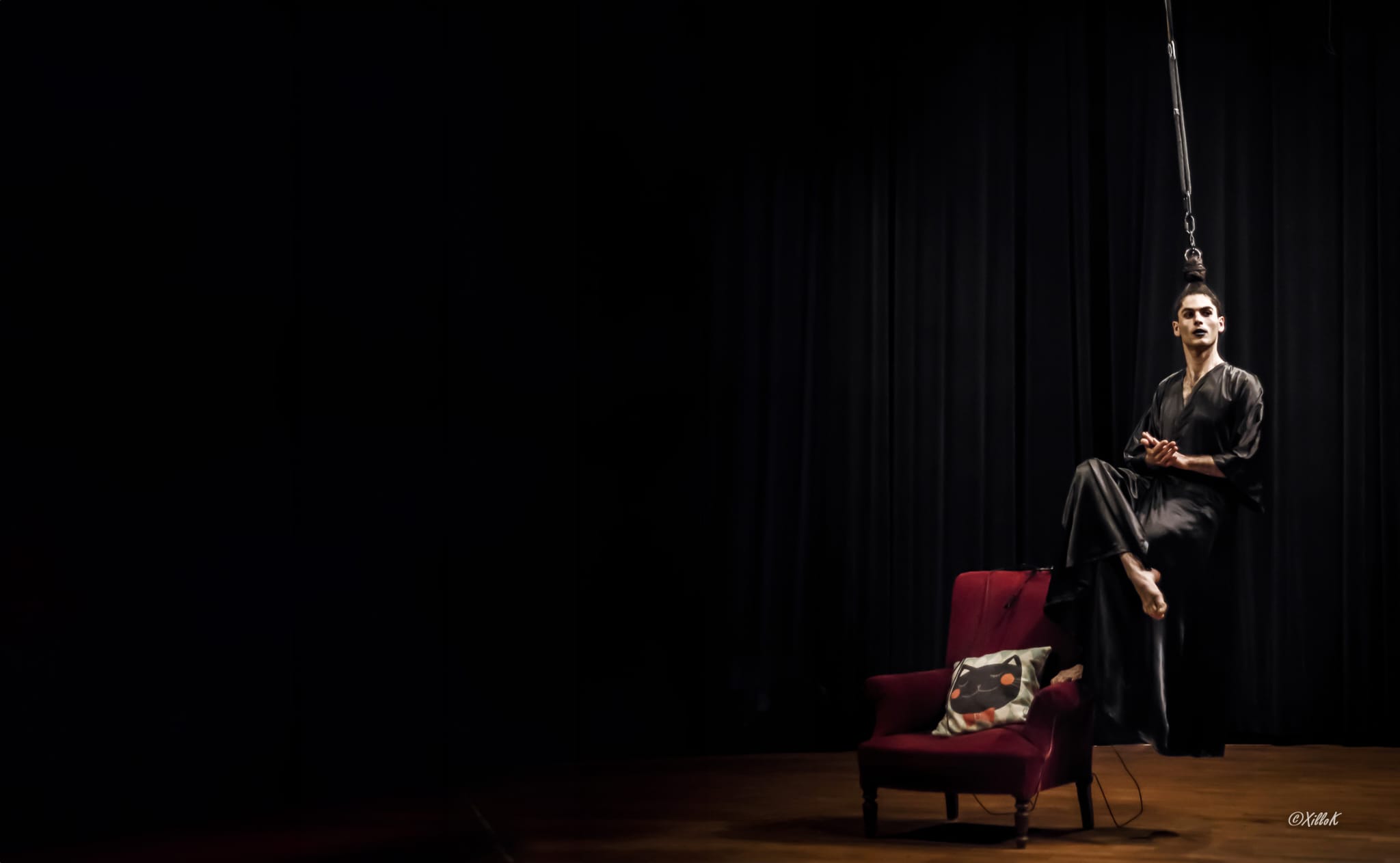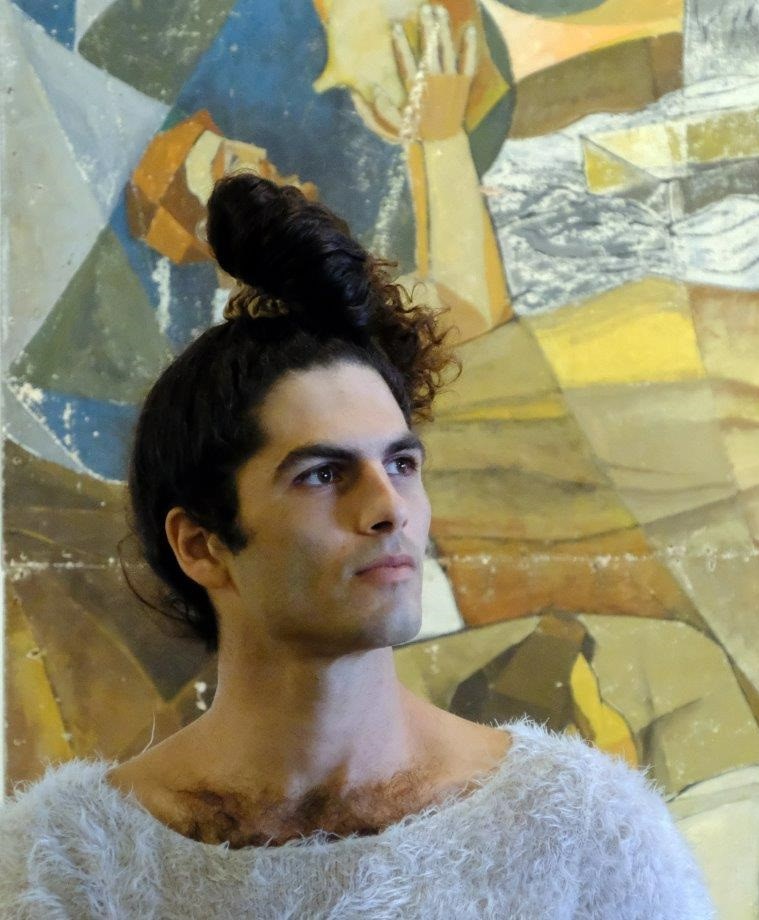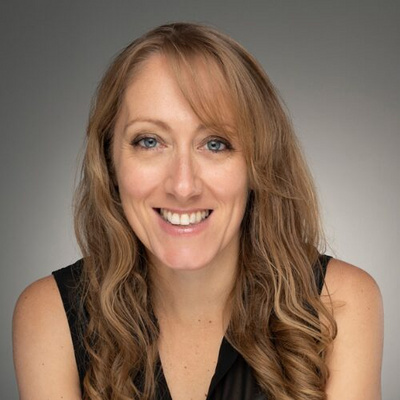Interview with Danny Tavori: Redefining Spaces Through Contemporary Circus

Anna Robb recently sat down with Danny Tavori, an innovative artist whose work transforms industrial spaces into immersive, site-specific performances. With a background in aerial straps, hair suspension, and juggling, Danny’s unique skill set has led him to a distinct approach to dance, rigging, and stage design. After training under Cirque Plume’s director, Bernard Kudlak, Danny moved from Israel to France, launching his project Amao, which has captivated audiences with its redefinition of performance space. Danny continues to direct a new contemporary circus formation in Jerusalem. Here, he shares his story and vision.
Anna: Let’s start with Amao, Danny. How did this project come to be, and what was your inspiration behind it?
Danny: Amao actually began as a technical solution that grew into a full vision. Initially, I wanted to create a scenography that would change automatically, without the need for a technician—partly because I couldn’t afford one at the time! I was granted a space by explaining the concept of an artistic residency to a small-town mayor. From there, Amao developed as a series of site-specific performances, with each performance adapting to its unique setting. So, whether we’re in an industrial building, a forest, or even a small studio, each site becomes part of the experience.
Anna: You’ve mentioned some unique skills, like aerial straps, hair suspension, and juggling. Why did you choose to combine these particular disciplines?
Danny: I started with juggling and then gradually transitioned into more physical practices. There’s a kind of unifying connection for me between juggling, aerial straps, and hair suspension. Circus is highly interdisciplinary, but I see a shared thread in terms of movement and physicality across these forms. I like to think of them as different voices in a conversation, exploring how they intersect and inform one another.
Anna: With Amao, is it a show people watch, or is it something they experience as a space?
Danny: Amao has evolved beyond a single, hour-long performance. It’s become more like an immersive venue rather than a traditional show. Audiences don’t just sit and watch; they walk through the space and engage with it directly. During a recent residency, I realized that the work is more about creating a venue that feels like a home—whether it’s in a forest, an industrial site, or even a converted warehouse. It’s about building an environment people can explore rather than a performance they passively observe.

Anna: I love how responsive you are to the space itself. It seems like you’re really tuned in to each venue’s energy.
Danny: Absolutely. I like to think of each space as having its own character, almost a spirit. There’s this shamanic philosophy from Carlos Castaneda, who talks about how every point on the earth has its own energy. I love this idea and try to tune in to that energy in every location, creating with it rather than imposing something onto it.
Anna: That’s fascinating. Since you’ve worked in Israel and France, how has each culture influenced your work?
Danny: Moving to France was a major shift, especially with the support systems available here for artists. In Israel, I often felt like I was working on “scorched earth”—building from scratch, with little support. In France, I have access to networks, residencies, and a sustainable income that’s allowed me to expand my work. But I think that resilience I developed in Israel, where I learned to rely only on myself, has stayed with me.
Anna: I heard you used to perform at traffic lights in Israel. How did that come about, and what did it teach you?
Danny: Performing at traffic lights was a game-changer for me. I was struggling to support myself as an artist, and performing at traffic lights allowed me to create a steady income while doing what I love. It’s common for South American artists, especially in Europe, to perform at traffic lights, but in Israel, it was something new. So people were intrigued and often more responsive.
Having just 50 seconds at each red light taught me a lot about how to capture attention and make an impact quickly. I experimented a lot, trying to understand how I could make this brief encounter meaningful for people. Some of the best feedback of my career came from those moments—people would say, “You made my day,” even if they couldn’t give me money. That direct connection with people, often during an otherwise mundane moment, was really powerful.

Anna: And now that you’re developing work on larger stages, do you have new projects in mind?
Danny: Amao is still taking up a lot of my creative energy, but I have plenty of ideas. I just moved into a new home with a large workspace, and I’ve been thinking about creating a performance across a huge open field. Imagine a stage spread across a square kilometer where the audience remains in one spot, and the performance takes place all around them. I like the idea of rethinking what a stage can be and pushing those boundaries.
Anna: That sounds incredible! As we wrap up, what would you say is your favorite part of your work?
Danny: I love that, as an artist, my life and work are completely intertwined. There’s no separation between the personal and the professional for me. The beauty of building a career as an artist is that your career becomes a kind of art piece in itself.
Anna: And what’s one thing you’d change about the industry?
Danny: I’d like to see more focus on ethics, especially around how resources are allocated. The industry has a huge influence on the kinds of work that get made, and I’d love to see more support for original, risky work. The industry often drives trends, shaping what artists feel they need to create to survive, which can limit creativity. I think finding a better balance would lead to even more innovation and depth in the art that gets produced.
Anna: Thank you, Danny Tavori, for sharing your journey and insights. It’s been a pleasure hearing about your work and vision.
Danny: Thank you, Anna. It’s been wonderful to chat with you!
Editor's Note: At StageLync, an international platform for the performing arts, we celebrate the diversity of our writers' backgrounds. We recognize and support their choice to use either American or British English in their articles, respecting their individual preferences and origins. This policy allows us to embrace a wide range of linguistic expressions, enriching our content and reflecting the global nature of our community.
🎧 Join us on the StageLync Podcast for inspiring stories from the world of performing arts! Tune in to hear from the creative minds who bring magic to life, both onstage and behind the scenes. 🎙️ 👉 Listen now!
